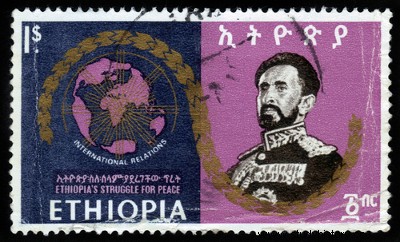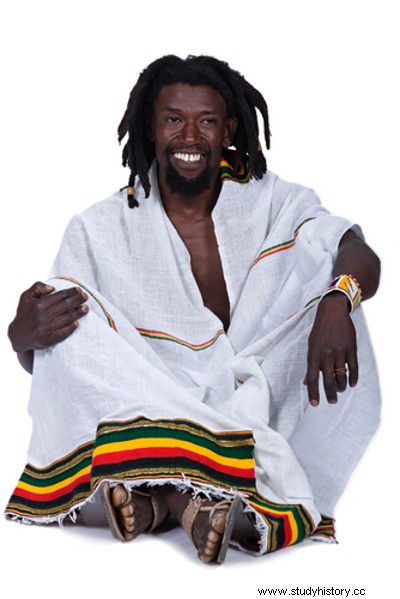
Rastafarianism, or Rastafarian religion, or even Rastafarian movement, was a phenomenon of the second half of the 20th century that mixed religious, political and musical elements around the figure of Haile Selassié I (1892-1975) — Emperor of Ethiopia between the years 1930 to 1974 Selassie considered himself the direct heir of the biblical King Solomon and Queen Sheba, from whom, according to Ethiopian tradition, the Solomonic dynasty that reigned in that region during the Middle Ages would have been formed. His followers consider him Jah himself. , corruption of the word Javeh , that is, God himself.
The Ethiopian emperor became known worldwide in 1936, when he spoke to representatives of the then League of Nations about the advance of conflicts and racist theories that culminated in World War II. His stance against violence earned him the name Ras Tafari , which means "Prince of Peace". The following is an excerpt from the aforementioned speech:
"As long as the philosophy which declares one race superior and another inferior is not finally and permanently discredited and abandoned; as long as there cease to exist first and second class citizens of any nation; as long as the color of a person's skin is not more important than the color of his eyes; as long as basic human rights are not guaranteed equally to all, regardless of race, until that day, dreams of lasting peace, world citizenship and rule of international morality will continue to be a fleeting illusion, to be pursued but never achieved.” (Selassié, Speech at the League of Nations, 1936)
The Jamaican blacks of the early 20th century, descendants of African slaves who were taken to Jamaica by the British, saw in the figure of Salassié – the only sovereign king of the African continent – a character Messianic, that is, they understood that their royalty among African nations was the manifestation of divinity in their person. This belief in Selassie as the Jah spread among the poor Jamaican population and took on quite idiosyncratic contours in that country.
The reggae music genre , typical of Jamaica, was based on the Rastafarian tradition. Bob Marley, the best known of its representatives, composed the song War (War) inspired by Selássié's speech, to which we referred above. The traditional garment, wider and with colored cotton fabric, as well as the use of dreadlocks in the hair, also constituted the Rastafarian aesthetic.

The use of dreadlocks in the hair and in baggy clothes with the colors of Jamaica are characteristics of the Rastafarian aesthetic
Other characteristics of Rastafarianism are eating habits, basically based on the consumption of vegetables, legumes, fruits, etc., as well as the use of marijuana (marijuana) as an integral element of the Rastafarian ritual. The foundation for these habits, according to followers of Rastafarianism, is all in the Bible, in books of the Old Testament.
*Image credits: irisphoto1 and Shutterstock
